So, you’re humble narrator is replacing a single shower-wall— how hard can it be? Well, in my case, it can take years, LOL. I started this project 2 or 3 years ago and it’s just not going anywhere, partly because of my excuses of not enough time, or I’ll do this later, or that…
Well, I would LIKE to try to work on this a little bit each day (if I can) and hopefully get this damned thing fixed by the end of the month. No more excuses! And so, let’s start with the prologue—
A number of years back, I noticed there were some tiles getting a bit loose. These were tiles at the bottom which extended down past the tub and touched the floor. I THOUGHT that perhaps the water that I leave on the floor from my feet or sprinkling from a hose perhaps was pooling against the edge of the tub corner and being soaked up through osmosis.
But the problem was worse than that. Because one day after having a shower, I walked downstairs into the OTHER bathroom (which I almost never had used in this house), and I then noticed there was water dripping through, quite a bit in fact.
This lead me to conclude there maybe was a pipe leak inside the actual shower wall in the upstairs.
Well, as you can see, I tore apart the whole shower-wall, assuming I’d be fixing a plumbing issue, and then be good to go. Only to find out, that nothing leaks. I did many tests time and time again, no leaks at all. What I am 99% sure happened, is a seal must have been compromised near the shower wall, probably where it connects with the actual tub, and then water would get wicked up like hell behind the wall and then drip into the washroom downstairs.
I”m pretty certain as the bottom part of the shower wall was pretty warped from water damage. The upper part of the mud-wall was pretty good though. And let me tell you, cutting through that mud wall was AWEFUL, and enough to make me want to hire a professional. However, I did want to do this project as a LEARNING experience as well.
My goal is to repair this wall myself, and learn first hand the process of getting it down pat, as well as all the tiling I’ll look forward to.
I am not looking for something permanent here, just a proper job, and my tiles do not even have to match. I’ll then re-tear [sic] it down perhaps in a few years (assuming it’s still holding, lol), and then re-do the other 2 walls around the tub at the same time. I’ll take what I’ve learned doing this current job, to make it all look like a million bucks the next time around.
So, with that ado… I’m curious for people’s expert opinions. I have found out that there is so much conflicting information on the internet, you can find the good, and the bad with any search. I was originally going to get some green-board because it is easy enough to work with, and our local laws allow it’s use to be used for bathrooms around tubs. Though I have seen a lot of other people say don’t use green board use the cement board!
If it’s only a temp project, does it really matter much? As long as there is no leak anyhow…
I’m a bit worried on how I”m going to make a proper seal (not with the tub), but with the pre-existing tiles on the side-wall, and also the ceiling. I’ve never even had to do a corner-bead in my life, though I’ve seen them done.
At the moment, I’m tired of having to use the shower downstairs, and would like to fix up this crappy tub/shower unit up here before another year ends of rolling by. No more excuses!
So, to re-iterate. Cement board or greenboard to get started? I’m going to take a while guess here, and assume cement is the way to go. But that will be a real problem in trying to cut out holes and such into it, I imagine. Maybe I’m just over-thinking this.
I should probably try to re-spray some anti-mold again in certain areas just to be safe.
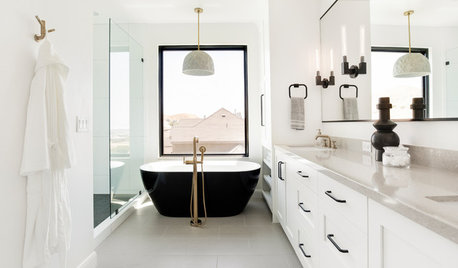
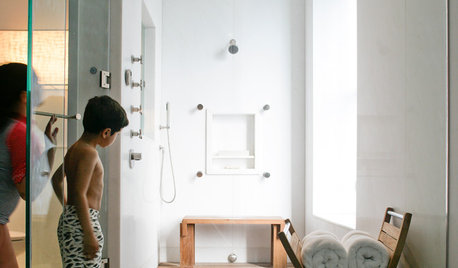
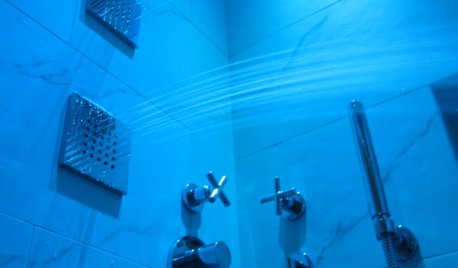
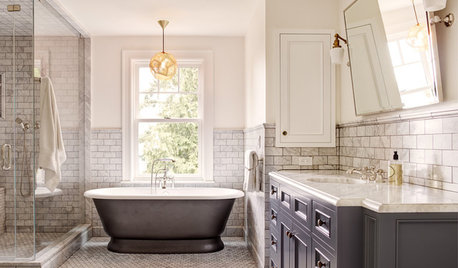

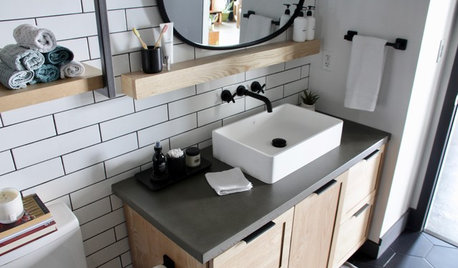

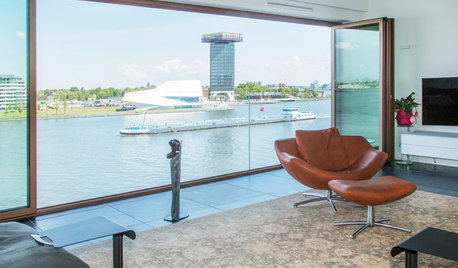
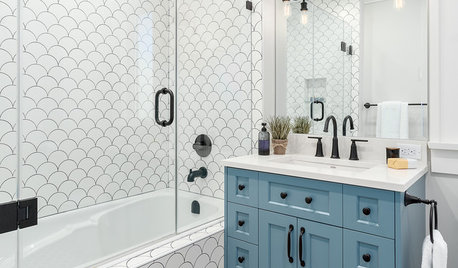
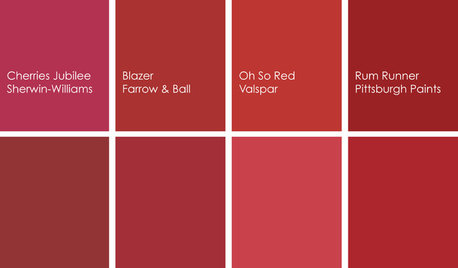





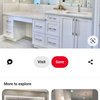
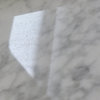


millworkman
Flo Mangan
Related Discussions
Tear down my house and rebuild -financing?
Q
some disturbing info now shower is torn out
Q
Architect's advice needed :Tear down & rebuild????
Q
Is it okay to use Pressure treated lumber in a shower shower rebuild
Q
User